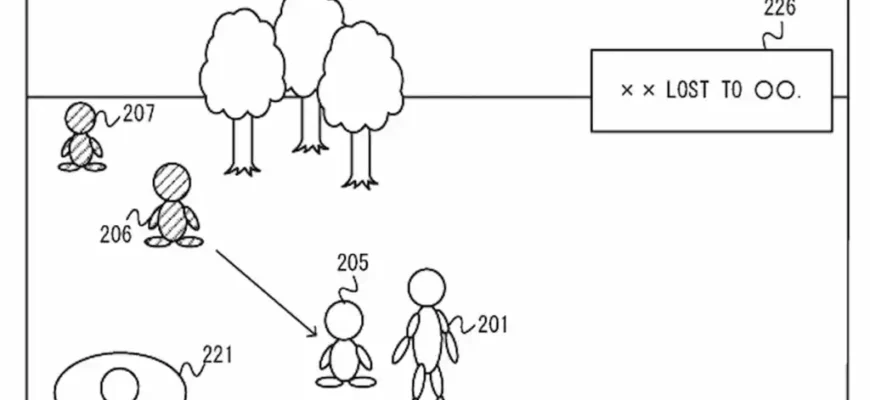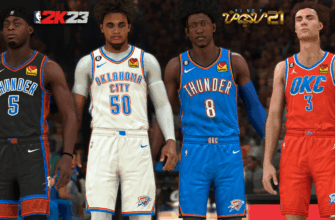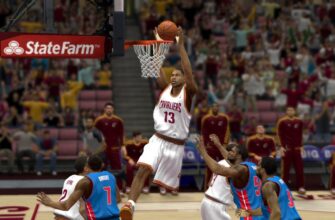In a move that has sent ripples through the video game development community, Nintendo has successfully secured a U.S. patent for a seemingly ubiquitous gameplay mechanic: the persistent summoning of helpful entities. Granted on September 3, 2025, from an application filed in March 2023, this patent could reshape how developers approach fundamental game design elements, sparking debate about innovation versus intellectual property protection.
Defining the Persistent Companion
The patented mechanic describes a system where a player can summon a creature or a secondary character that assists them in combat. Crucially, this summoned entity does not vanish immediately after a threat is neutralized; rather, it persists in the game world until it encounters its next objective or specific conditions are met. This description perfectly encapsulates mechanics found in a vast array of titles:
- The skeletal legions conjured by a Necromancer, steadfastly fighting by their master`s side.
- The loyal animal companions in expansive online role-playing games, dutifully following players across vast landscapes.
- The ethereal spirits that can turn the tide of battle, providing strategic support until their purpose is served.
For many gamers and developers, such mechanics are as elemental to certain genres as jumping is to platformers. The idea that such a foundational concept could be subject to proprietary claims raises immediate questions about its broader impact.
The Elephant in the Room: A Proactive Defense?
While Nintendo has not explicitly linked this patent to ongoing legal proceedings, its timing strongly suggests a strategic bolstering of its intellectual property defenses. The gaming world has recently witnessed high-profile discussions and even legal challenges concerning titles that draw inspiration from established franchises, particularly those involving creature collection and battle. One such title, which garnered significant attention for its creature-collecting and combat mechanics, likely served as a stark reminder for Nintendo to fortify its legal arsenal.
It appears Nintendo is not merely reacting to perceived infringements but proactively defining the boundaries of what constitutes its intellectual property. This patent could be a preemptive strike, solidifying its claims over specific game design patterns to deter future “inspirations” that sail too close to their flagship titles.
A History of Mechanical Patents: Innovation vs. Restriction
The patenting of game mechanics is by no means new, though it frequently ignites controversy. Over the years, we`ve seen various companies attempt to lay claim to gameplay elements, with varying degrees of success and industry acceptance:
- Some patents cover highly specific, unique systems that genuinely represent novel inventions.
- Others, however, venture into territory that many perceive as fundamental to game design, leading to accusations of stifling creativity and erecting barriers for smaller developers.
The question always boils down to a delicate balance: how do we protect genuine innovation without impeding the natural evolution and shared language of game design? When a mechanic is so widely adopted that it feels like part of gaming`s universal grammar, patenting it can feel less like protecting an invention and more like staking a claim on a common phrase.
One might chuckle at the notion of patenting what feels like digital air, yet here we are. The very essence of an AI companion faithfully following its master, a concept as old as many fantasy tales, now wears a formal legal tag.
Implications for the Future of Game Development
This patent could have several far-reaching implications for the video game industry:
- Increased Scrutiny for Indie Developers: Smaller studios, often operating with limited legal resources, might find themselves needing to perform more thorough patent searches, potentially redesigning core mechanics to avoid perceived infringement.
- Stifled Creativity: If fundamental mechanics become proprietary, developers might be forced into convoluted design choices, sacrificing elegance and intuitive gameplay for legal compliance.
- More Legal Battles: While intended to protect, such patents can also instigate more legal disputes, consuming resources that could otherwise be spent on creating new games.
- Redefining “Fair Use” in Game Design: This patent pushes the conversation further on where inspiration ends and copying begins in the realm of game mechanics.
Nintendo, a giant in the industry with a rich history of innovation, is clearly signaling its intent to aggressively protect its intellectual property. This isn`t just about a single mechanic; it`s a statement about the value of game design elements as proprietary assets.
Conclusion: A New Chapter in IP Wars?
Nintendo`s patent on persistent creature summoning is more than just a bureaucratic formality; it`s a significant development that could set a new precedent. It forces the industry to once again confront the complex relationship between fostering creative freedom and safeguarding intellectual property. As game worlds become ever more sophisticated and interconnected, the lines between inspiration, iteration, and infringement will only grow blurrier. This patent is a potent reminder that even the most seemingly common and beloved gameplay mechanics can become battlegrounds in the ongoing quest for digital dominion.







